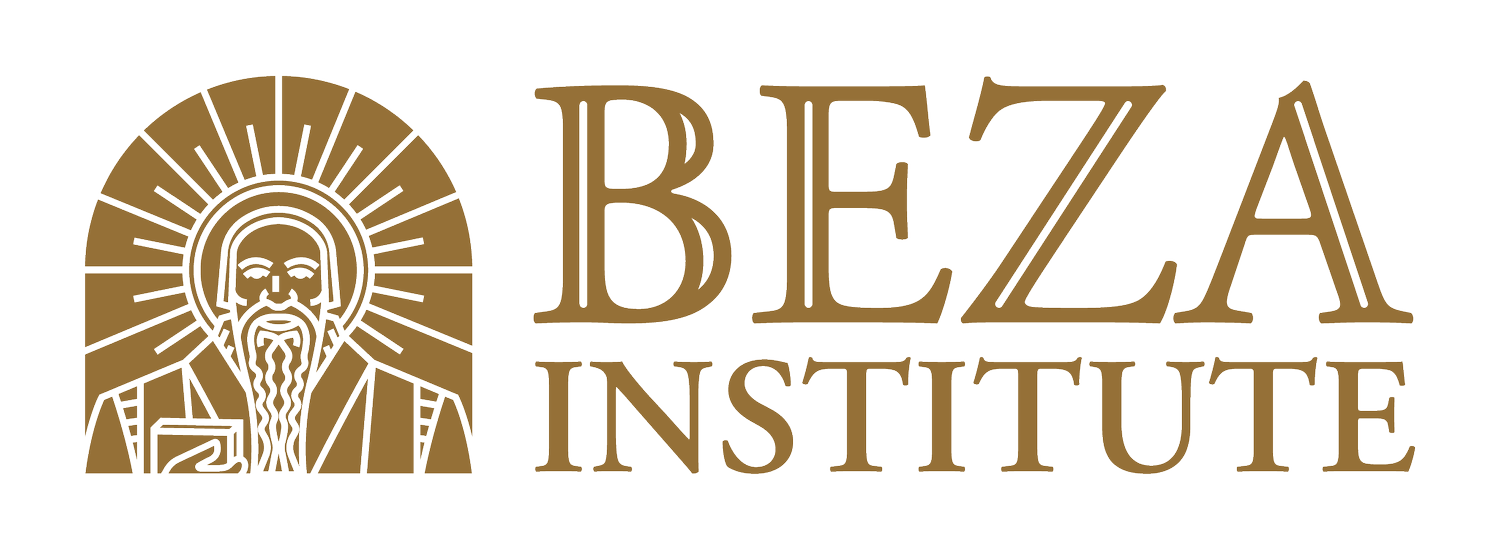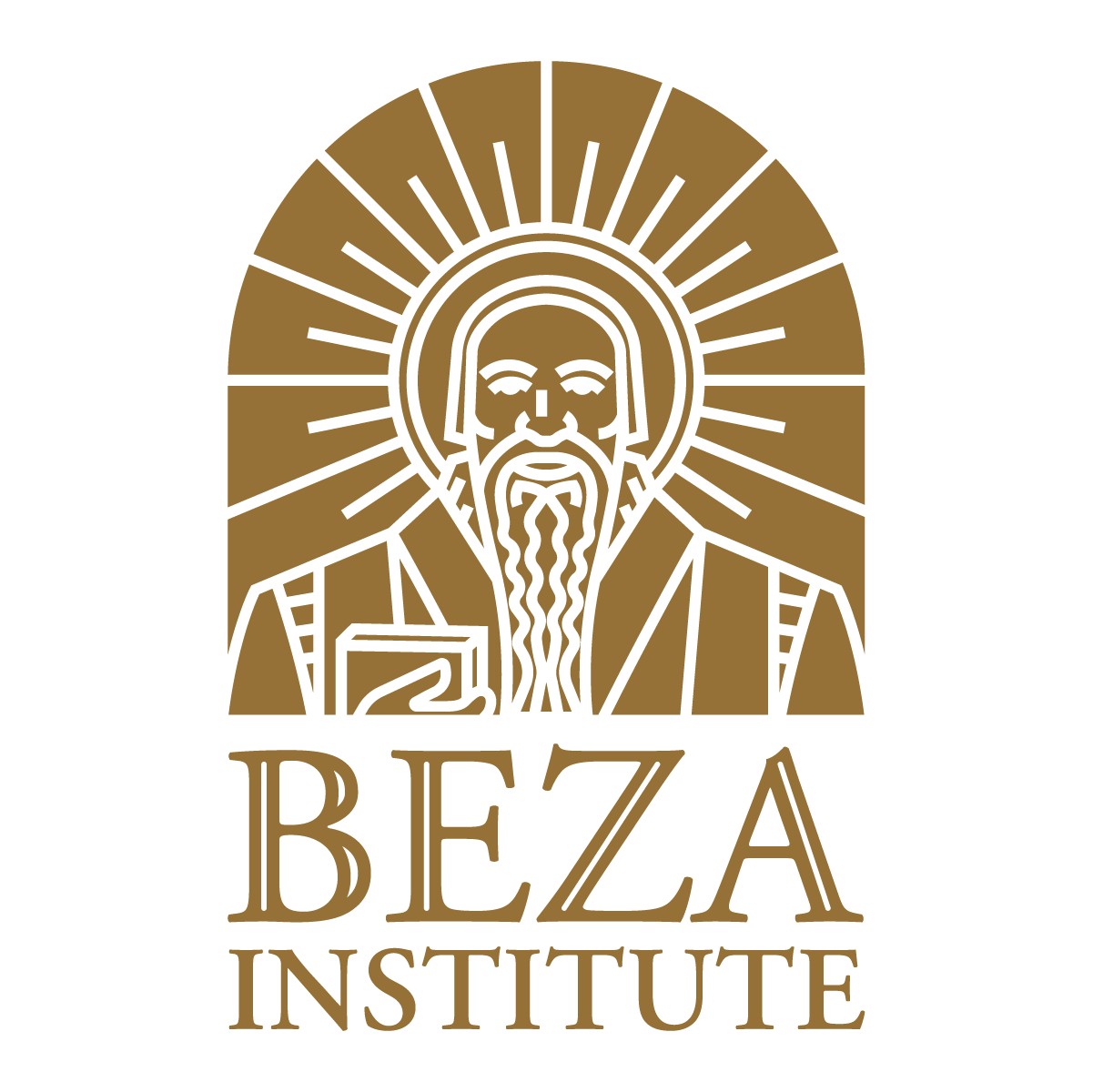Teach Them To Pray
We’ve all been there: that awkward moment when you’ve asked a student to pray, perhaps at the beginning of a chapel or a parent preview event, and there’s a long, uncomfortable pause. “Dear God,” she finally begins, voice quivering, “help us…to have a good day. Amen.” Now, of course we believe that God hears such prayers from children who belong to Him (cf. Matt 19:14), and yet it doesn’t take a theologian to see that there is what we as educators would call a “growth opportunity.”
If anything, however, this situation reflects more on the child’s teacher than the child herself. This poor soul has undoubtedly been put forward to pray without actually ever having been taught how to pray. Indeed, Christ’s disciples recognized that they needed training in prayer, despite having been steeped in the traditions of Judaism: “Lord, teach us to pray, as John taught his disciples” (Luke 11:1). Jesus, far from rejecting this as a silly question or simply telling them to pray according to whatever came into their own minds, instead taught them by giving them the Lord’s Prayer (Luke 11:2-4).
As classical Christian educators, we too have a responsibility to teach our students to pray. But how? The thesis of this short post is that having students memorize the best written prayers of our Christian heritage can provide an important “school for prayer.” To clarify up front: this is not to suggest that praying memorized prayers is the only, or even the best, way to pray in all circumstances. Different Christian traditions, for example, place different emphases on the role of memorized prayers in corporate worship or private devotion.
Why, then, should we have students memorize prayers? There are many reasons, but at a foundational level we have students memorize prayers for the same reason that we have them memorize Scripture (after all, the best prayers are those that weave together various pieces of Scripture), not to mention classical hymnody, poetry, or anything else worth committing to memory. As classical educators, we believe that memorization is important because it allows particular words, phrases, and even syntactical patterns to soak into our souls, beginning a process of rumination and regurgitation by which these things become part of our own habits of speech and, indeed, our very lives.
Prayer memorization has at least three other significant benefits. First, it provides an opportunity for training in theology. Good prayers aren’t simply a laundry list of requests we set before God; no, prayers worth memorizing actually teach us something about God, our world, and ourselves. This gets at a second benefit of prayer memorization, which is that it can broaden our categories for prayer. The default for most children (and, alas, many adults) is prayer for one’s own needs or perhaps the health needs of loved ones; as important as these are, there are, in fact, quite a few other very important things that the Bible commands us to pray about (see, for example, 1 Tim 2:1-2). Third, when we pray traditional, time-tested prayers, we discover that we are actually praying along with the whole communion of saints across time and space who have said these very same words. Our common prayers allow us to participate with the worship of the larger Body of Christ.
To illustrate these points, let’s take a look at a couple of examples of prayers that I have found useful for students to memorize. The first is the traditional prayer of general confession from the Book of Common Prayer:
Almighty and most merciful Father, we have erred and strayed from your ways like lost sheep. We have followed too much the devices and desires of our own hearts. We have offended against your holy laws. We have left undone those things which we ought to have done, and we have done those things which we ought not to have done; and apart from your grace, there is no health in us. O Lord, have mercy upon us. Spare all those who confess their faults. Restore all those who are penitent, according to your promises declared to all people in Christ Jesus our Lord. And grant, O most merciful Father, for his sake, that we may now live a godly, righteous, and sober life, to the glory of your holy Name. Amen.
There’s a lot going on here, but we can unpack some of the most salient features of this prayer. It begins by acknowledging God as both “Almighty” and “most merciful Father,” the former setting up our obligations to Him and the latter indicating the basis of His provision of forgiveness for when we have “erred and strayed” from His ways. The opening metaphor of us as wayward sheep is of course a deeply biblical one, calling to mind especially Jesus’ parable of the lost sheep (Luke 15:3-7) and Jesus’ description of himself as the Good Shepherd (John 10).
Note, then, how precisely this prayer identifies various aspects of our sinfulness; for example, sin is not just what we do (sins of commission) but also what we fail to do (sins of omission). In fact, apart from God’s grace, “there is no health in us,” for the “devices and desires of our own hearts” will inevitably lead us to transgress God’s law. Our only hope, then, is to throw ourselves on God’s mercy, a mercy which God has promised to extend to us through Christ. Note, though, this is not something to take lightly: God requires us to acknowledge our sins before him and to repent of them, such that we may now go forward to “live a godly, righteous, and sober life, to the glory of your holy Name.” Even our forgiveness is not simply for our good, but rather ultimately for God’s glory.
By memorizing such a prayer, students are not only joining together with the centuries of Christians around the world who have prayed (and continue to pray) these exact same words every day, but they are being challenged to think about the nature of sin, repentance, and grace. When paired with a time of private reflection to silently confess one’s sins to God before saying this prayer together, students are given the opportunity to develop the patterns of confession, repentance, and forgiveness that will drive them forward in their spiritual lives.
A second prayer, traditionally titled the “Collect for Grace,” is also drawn from the Book of Common Prayer:
O Lord, our heavenly Father, almighty and everlasting God, you have brought us safely to the beginning of this day: Defend us by your mighty power, that we may not fall into sin nor run into any danger; and that, guided by your Spirit, we may do what is righteous in your sight; through Jesus Christ our Lord. Amen.
This prayer begins by acknowledging God as both intimate (“our heavenly Father”) and transcendent (“almighty and everlasting God”), whose “mighty power” we have already seen at work in the simple fact that He has “brought us safely to the beginning of this day.” This same power that has sustained us in life up to this present day is in fact the same power that we will need in order to overcome the spiritual and physical dangers of the coming hours. But simply avoiding sin and danger is not enough; rather, we beseech God to send us the Holy Spirit, who will enable us to act according to God’s will and do those things that are pleasing to Him.
Ideal for the beginning of the school day, this prayer presses students to a deeper recognition of God’s protection and leading in every moment of their lives. The structure of the prayer as a “collect” also offers a helpful template for prayer in any circumstance: an address (usually, as here, to God the Father), an acknowledgement of God’s character (on which the request is based), a petition or request, an aspiration or result that we hope for, and a final pleading (“through Jesus Christ our Lord”). [1] When called upon to pray spontaneously at any kind of chapel service or school event, students comfortable with this basic pattern should have little difficulty offering a heartfelt prayer that is also full of truth, goodness, and beauty.
How, then, do we go about the process of finding prayers for our students to memorize? The Book of Common Prayer contains a wealth of deep, beautiful prayers from Christian history, most of which should be broadly acceptable to Christians from all backgrounds. But each school’s distinct identity or denominational heritage may shape their curation of prayers for students to memorize. Within the Reformed tradition, for example, the Puritan collection of prayers found in the book The Valley of Vision might prove particularly inspiring. A school could easily package together some favorite prayers and hymns into a single printed volume, as my school does (“The Stonehaven Book of Prayer & Praise”), for use in chapel and to send home with families. In this way, we can begin the process of creating educational institutions that are genuinely “schools for prayer.”
Let us in the world of classical Christian education, therefore, go forth and raise up a generation of young men and women who can pray boldly, their words rich in goodness, truth, and beauty!
[1] On the structure and purpose of the collect, see further https://seedbed.com/the-anatomy-of-a-prayer-using-the-collect-in-worship/


